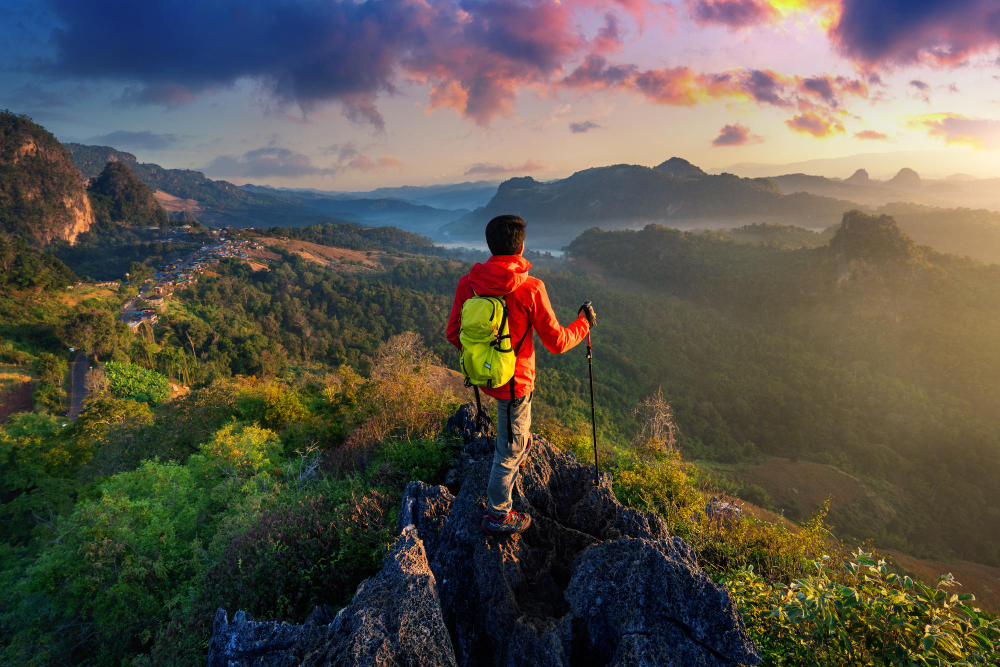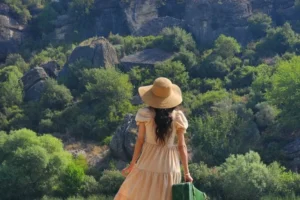Dreaming of standing on the “Roof of Africa”? Mount Kilimanjaro is more than just a climb — it’s a life-defining journey through five distinct climate zones, each with its own charm and challenge. Before you book your Kilimanjaro climbing tours, here’s what you really need to know to prepare like a pro.
Why Kilimanjaro Captures So Many British Hearts
For many UK travellers, Kilimanjaro offers that perfect balance of adventure, accessibility, and achievement. It’s the highest freestanding mountain in the world, yet it doesn’t require technical climbing skills — just determination, good fitness, and the right support crew. According to Britannica, more than 35,000 people attempt the climb every year, making it one of Africa’s most popular trekking destinations.
But before you start shopping for hiking boots, it’s vital to understand the nuances of this journey — from choosing the best route to acclimating properly to the altitude.
Choosing the Right Route for Your Fitness Level
Each route up Kilimanjaro offers something unique — from lush rainforests to barren alpine deserts. The key is matching the route to your experience and stamina.
- Machame Route: Known as the “Whiskey Route,” it’s scenic but demanding, ideal for fit trekkers seeking a challenge.
- Marangu Route: Often called the “Coca-Cola Route,” it’s shorter and more comfortable, with hut accommodations instead of tents.
- Lemosho Route: A longer, quieter path that offers excellent acclimatisation — perfect for first-timers from the UK looking for a well-paced ascent.
- Rongai Route: Approaches from the northern side and tends to be drier — great for those travelling in wetter months.
Your choice of route can directly impact your success rate. Longer routes (7–9 days) generally improve acclimatisation and summit chances, according to data from National Park Service.
Best Time of Year to Climb Kilimanjaro
The best time for climbers from the UK is during the dry seasons: January to March and June to October. These months offer clear skies, mild temperatures, and more stable weather conditions. However, if you prefer quieter trails and don’t mind a bit of mist, shoulder months like November or early December can be equally rewarding.
Preparing for the Altitude
Altitude sickness is the most common reason climbers don’t reach the summit. Kilimanjaro’s Uhuru Peak sits at a dizzying 5,895 metres, and while no one can predict how their body will react, there are ways to prepare:
- Train with long hikes and back-to-back trekking days to build endurance.
- Opt for a longer itinerary for gradual acclimatisation.
- Stay hydrated and avoid alcohol or heavy meals before summit night.
Some trekkers also consult their GP about altitude medication like Diamox before departing the UK — just ensure you have professional guidance before taking it.
What’s Included in Kilimanjaro Trekking Packages?
Before committing to any operator, review what’s covered in their Kilimanjaro trekking packages. A reputable tour company should provide professional guides, porters, tents, meals, park fees, and safety equipment. Some even include airport transfers and pre-climb accommodation in Moshi or Arusha.
For UK travellers, it’s wise to book with a licensed Tanzanian operator or a UK-based travel agency that partners with one. Always check customer reviews, certifications, and whether guides are trained in first aid and mountain rescue.
Essential Gear Checklist
Climbing Kilimanjaro means packing for multiple seasons. You’ll start in humid jungle and end in freezing alpine conditions. Here’s a simplified list to get you started:
- Layered clothing system (base, mid, and outer layers)
- Good-quality sleeping bag rated for -10°C
- Trekking poles, insulated gloves, and thermal socks
- Headlamp, reusable water bottles, and high-SPF sunscreen
- Travel insurance covering high-altitude trekking
Most trekkers from the UK prefer to rent bulkier gear like sleeping bags or poles locally in Moshi — it saves both luggage space and cost.
Making the Most of Your African Adventure
Since you’ve come all the way from the UK, why not combine your climb with a safari or beach escape? Tanzania’s Serengeti and Ngorongoro Crater offer world-class wildlife experiences, while Zanzibar’s white-sand beaches are the perfect place to unwind after conquering the mountain.
FAQs
1. How long does it take to climb Mount Kilimanjaro?
Most routes take between 6 and 9 days, depending on the itinerary and acclimatisation needs. Longer routes generally improve your summit success rate.
2. Do I need prior climbing experience?
No technical skills are required, but you should be in good physical condition and comfortable walking long distances with some elevation gain.
3. Is it safe to climb Kilimanjaro?
Yes, if you go with a certified guide and follow safety protocols. Choose experienced tour operators who carry oxygen and emergency equipment.
4. What vaccinations are recommended before travelling?
UK travellers should consult a travel clinic about recommended vaccines, which often include Yellow Fever, Hepatitis A, and Typhoid. Malaria prevention is also advised.
Final Thoughts
Climbing Kilimanjaro is a rare blend of challenge, beauty, and self-discovery. For UK adventurers, it’s not just a physical test — it’s a cultural and emotional journey through Africa’s heart. With the right preparation, route, and trusted guides, your summit moment at Uhuru Peak will be one you’ll never forget.



